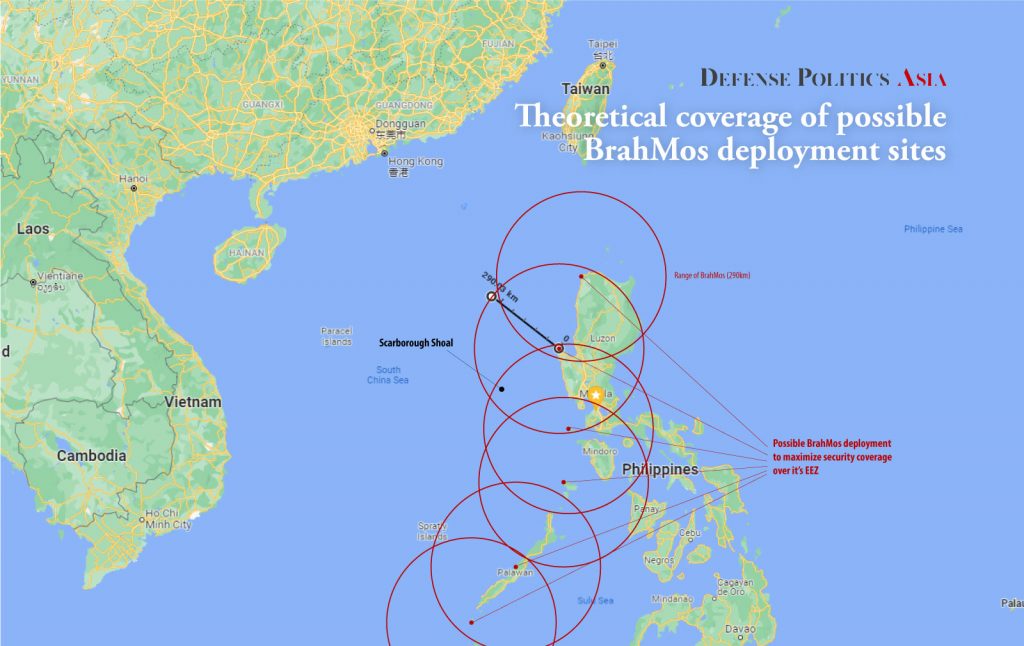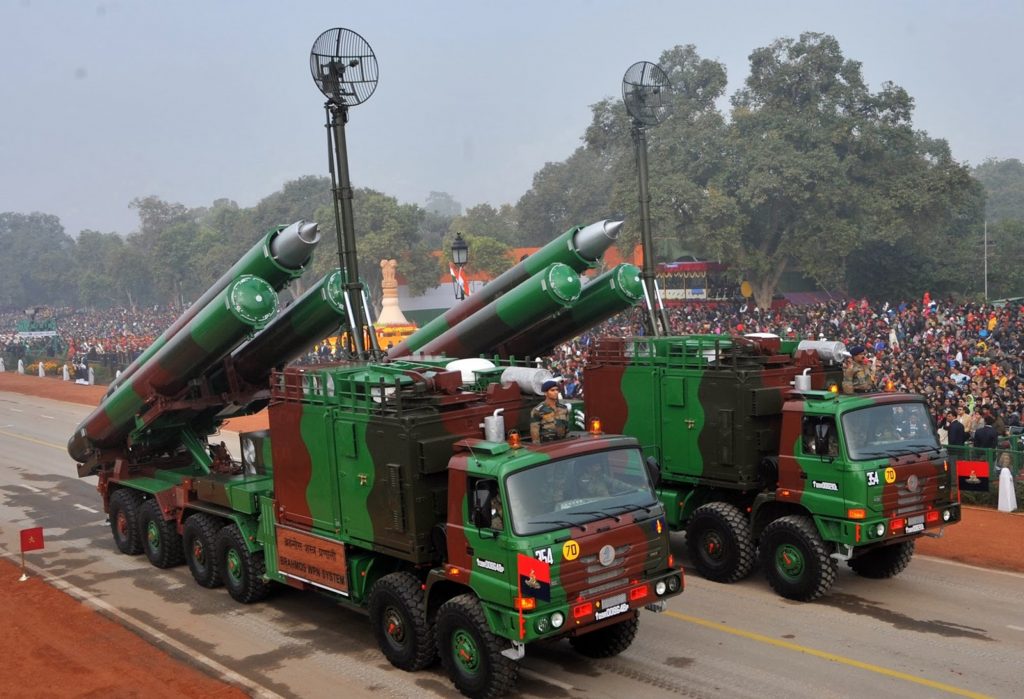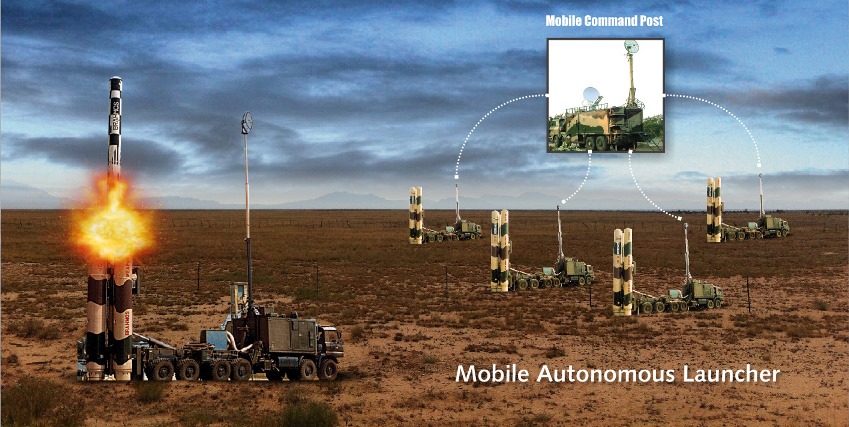Philippines signs 369.3 million USD deal with India to buy the BrahMos shore-based anti-ship cruise missiles
The Philippines’ Department of National Defense announced on the Philippines government news agency, that they had officially signed the contract for the acquisition of India’s BrahMos medum-range ramjet supersonic cruise missiles.

Defense Secretary Delfin Lorenzana and BrahMos Aerospace director general Atul Dinkar Rane signed the contract worth PHP18.9 billion (estimated 369.3 million USD) in a virtual ceremony at the DND headquarters in Camp Aguinaldo, Quezon City.
Indian Ambassador to the Philippines Shambhu physically represented New Delhi in the event.
“As Secretary of National Defense, I am elated to be part of this huge milestone for the AFP. The acquisition of Shore-Based Anti-Ship Missiles for the PN was first conceptualized in 2017. We are glad that in 2020, President Rodrigo R. Duterte finally approved its inclusion in Horizon 2 priority projects under the Revised AFP Modernization Program,”
Philippines Defense Secretary Delfin Lorenzana
3 batteries of the BrahMos cruise missiles will be acquired under this contract. The contract includes the delivery of the three batteries, training for operators, maintainers as well as the necessary Integrated Logistics Support (ILS) package. Deliveries are expected to start within a year.

According the Defense Secretary Lorenzana, the acquisition of BrahMos had been mooted since 2017, and was approved as a priority project as part of the Horizon 2 Revised AFP Modernization Program’s Priority Projects in 2020.
The acquisition of BrahMos would turn Chinese concept of anti-access/area-denial (A2/AD) on it’s head, as the deployment of these supersonic cruise missiles would act exactly as per what China had deployed on their own coast line against potential threats from the United States and it’s allies navy.
With a flight range of up to 290km and a maximum speed of Mach 3 – BrahMos is the fastest supersonic cruise missiles in the world. A 400km range version of BrahMos had been tested successfully in September 2020 and a hypersonic version of the missiles that would have a range of 800km and a 1500km version was reportedly under development. (source: https://theprint.in/defence/india-now-working-on-1500-km-range-brahmos-supersonic-cruise-missile/550924/)

The above is an estimate of how much coverage could each deployed missile site cover based on our estimate of where could be the best possible deployment location. However, unlike the image above that showed 6 different deployment sites – the reality is that Philippines would only have 3 batteries, and would likely be deployed in the northern most island of Luzon (possibly the first 3 “dots” in the map).
Of note, is that, the disputed territory of Scarborough Shoal in the South China Sea would be within range of the cruise missiles if deployed anywhere along the western coast of Luzon.


A standard BrahMos land-based coastal defense system battery will consist of “3 systems”: 3 (or 4) mobile autonomous launchers, each fitted with tracking systems that can be connected to a Mobile Command Post and supported by a Mobile Replenishment Vehicle (MRV). Each launcher can hold two or three missile tubes. With Philippines’ 3 batteries, we can expect to see up to 27 supersonic missiles ready for launch at any given time (3 batteries x 3 launchers x 3 missiles tubes). If the batteries comes in 4 mobile launchers, then the number of ready missiles would go up to 36 supersonic missiles. (source: https://brahmos.com/content.php?id=16)
While the presence of anti-ship cruise missiles on Philippines coasts may not necessary mean the end of PLAN (People’s Liberation Army Navy) ships as most fleets are equipped with anti-ship missile defense systems that could take out cruise missiles, drones and enemy aircrafts – Chinese navy would definitely have to take the missile batteries into operational considerations come next year.

